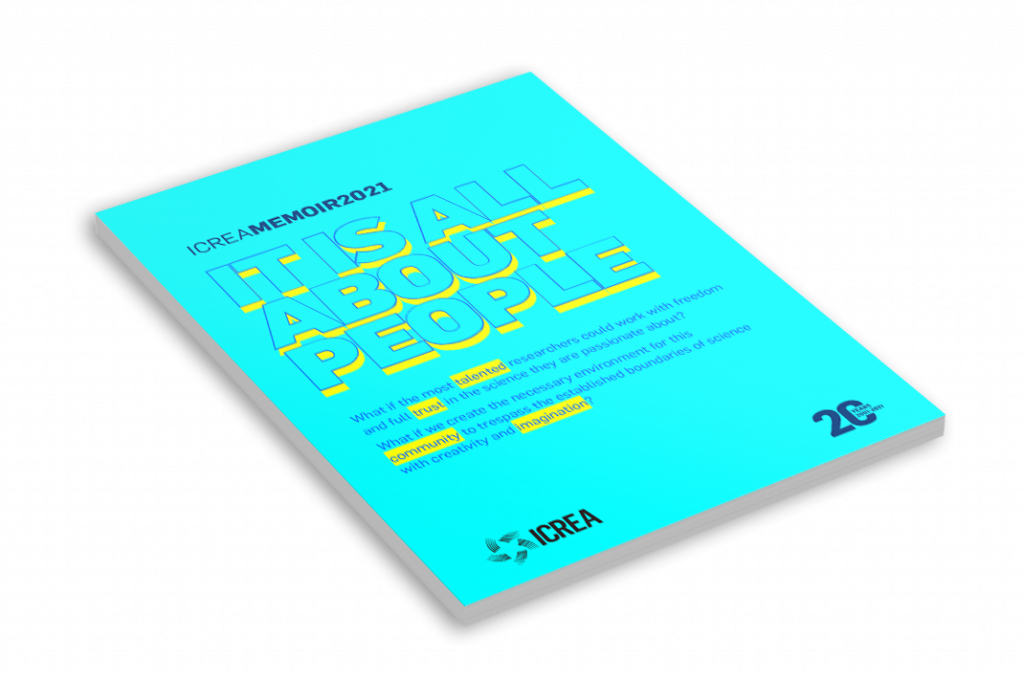Human activity is driving the ongoing 6th mass extinction of species in Earth’s history. Insular taxa are particularly vulnerable; though endemic species typically persisted for millions of years on their islands, they now disappear in only a few decades. Therefore, understanding how life history strategies evolve to keep species in the ecological game has become a major concern in ecology.
Life history strategies evolve in response to ecological conditions; however, they also depend on the size of the animal: small animals live faster than large animals, mature earlier, and have a shorter lifespan, which is usually depicted as the “mouse-elephant curve”.
Insular endemics undergo changes in body size, with taxa derived from small ancestors growing large and those derived from large ancestors evolving small (the “Island Rule), leading to giant mice and dwarf elephants. These size trends led to the widespread hypothesis that insular dwarfs live fast lives.
Using bone, molar, and tusk histology of the smallest-ever elephant Palaeoloxodon falconeri from the Pleistocene of Sicily, we disprove this hypothesis. The spectacular size decrease in P. falconeri was instead associated with a shift towards the slow end of the slow-fast life history continuum: the dwarf insular elephant grew at a much slower rate than expected from body mass, extended the time to maturity (first reproduction), and increased the lifespan beyond that of its large continental cousins.
We interpret this life history strategy as an adaptation to low resource levels (an ecological keycondition on islands). The slow growth, possible under absence of terrestrial predation (the other key condition on islands), allows increased investment in maintenance at the expense of early reproduction, thereby increasing the reproductive success of young mothers through improved calf survival.
Associated with these advantages, however, is an extended generation time (the mean age of mothers at offspring birth). This implies that the time it takes for a “slow-living” species to recover

